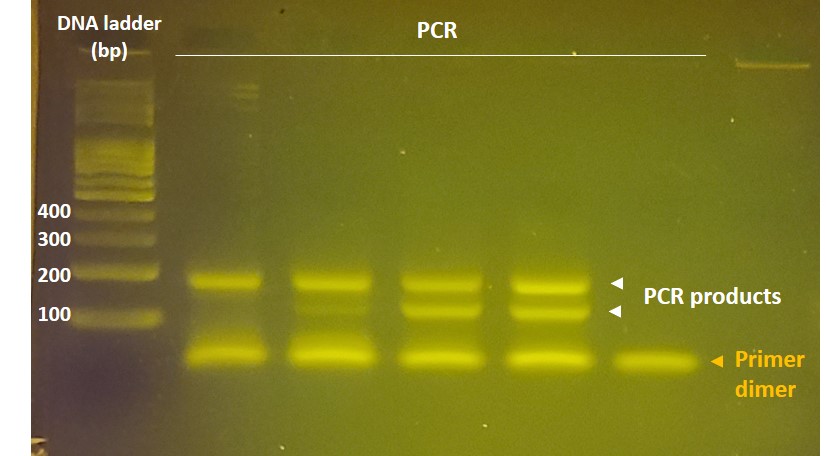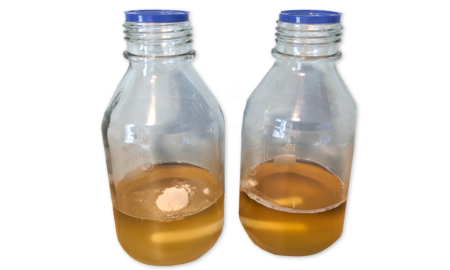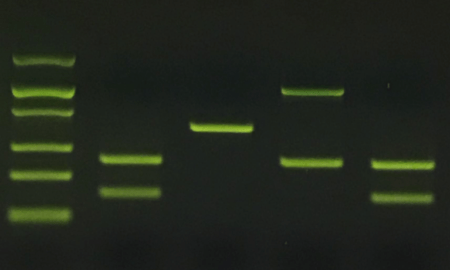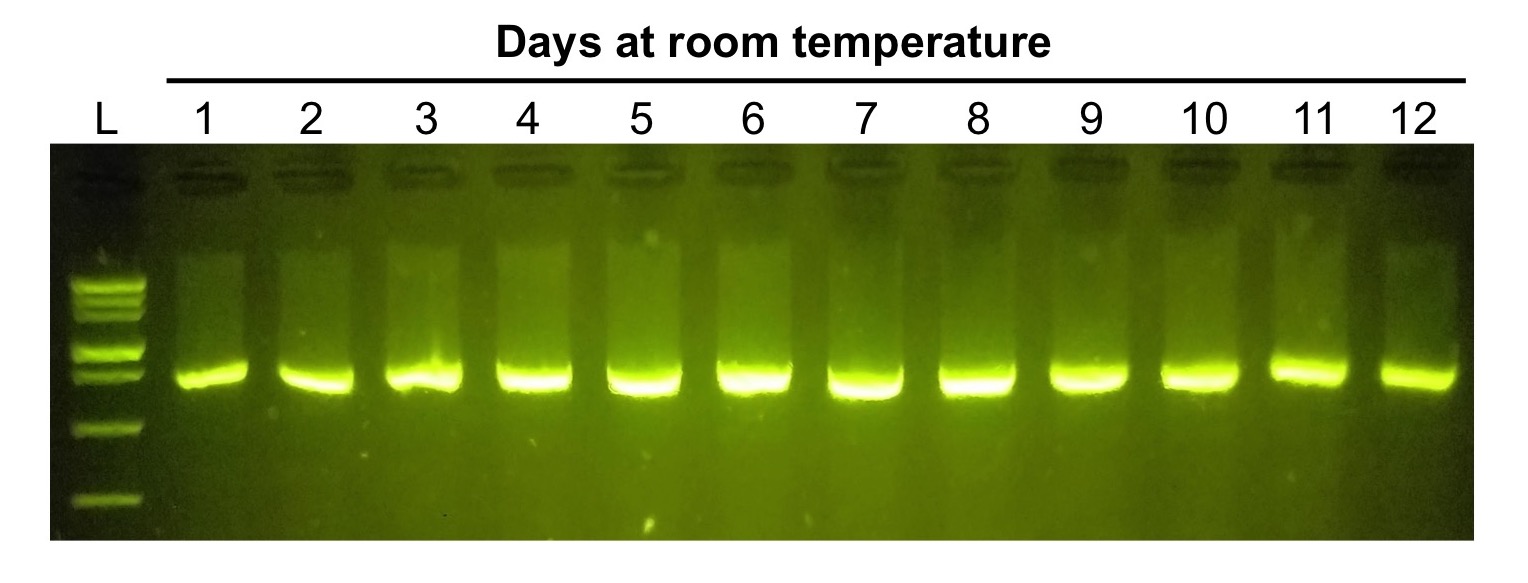Troubleshooting primer dimer in PCR
In this blog post, we’ll break down the basics of what primer dimers are, how they form, how to interpret them, and how to minimize their impact on your PCR results. We will be referring mainly to conventional PCR results; for a specialized discussion of primer dimers in quantitative PCR (qPCR), read this article or other sources.
What is a primer dimer?
A primer dimer is a small, unintended DNA fragment that can form during a polymerase chain reaction (PCR).
How do primer dimers form during PCR?
Primer dimers form when primers anneal to each other, instead of binding to their intended target in the template DNA. This can happen for several reasons:
- Self-dimerization: A single primer may contain regions that are complementary to each other, leaving a free 3’ end for the DNA polymerase to add nucleotides.
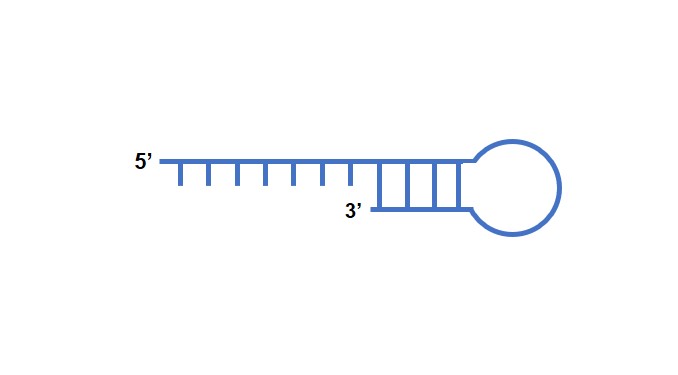
- Cross-primer dimerization: When two or more primers present in a PCR have complementary regions, they may bind together, creating free 3’ ends that can be extended by DNA polymerase.
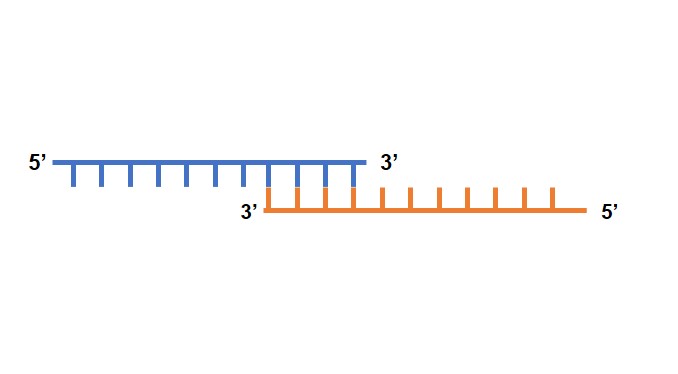
How can I reduce primer dimer amplification in PCR?
The best way to combat primer dimer formation is to give primers fewer chances to meet each other and form base pairs. The strategies below are all aimed at reducing primer dimerization opportunities:
- Design primers with low 3’ complementarity: Most primer design tools help you design PCR primers that have low potential to form base pairs with themselves or with each other. For more information on PCR primer design, read this post.
- Lower the primer concentration: Decrease primer concentrations, or increase that of the template, in order to achieve a lower primer-to-template ratio in your PCR.
- Increase denaturation times: Like all base-pairing interactions, primer dimers can be disrupted by heat. Increasing denaturation times can help primers be available to interact with the template DNA.
- Increase the annealing temperature: Higher annealing temperatures help avoid nonspecific interactions between DNA fragments, including primer dimers.
- Use a hot-start DNA polymerase: The greatest amount of primer dimer formation occurs before PCR even starts, as you are mixing all reagents together and the DNA polymerase can start to work. Hot-start polymerases (such as this one) do not begin to work until activated at denaturation temperatures (94 or 95°C), helping minimize nonspecific amplification products.
How to interpret primer dimers in gel electrophoresis
Sometimes primer dimers are unavoidable; in these situations, it’s important to be able to look at a gel and clearly distinguish primer dimers from the desired PCR amplicon(s). The telltale features of primer dimers are their short length and smeary appearance:
- Short length. Because primers are short DNA fragments, primer dimers will be short too; usually, below 100 bp.
- Smeary: Because they’re nonspecific, primer dimers will look more like a fuzzy smear than a well-defined band.
Tips to identify and and dismiss primer dimers
- Run your gel longer: Primer dimers will typically appear as fuzzy bands below the last DNA band in your DNA ladder (usually, below 100 bp). Running the gel longer can ensure these small fragments run past desired PCR products, which are usually larger in size and run more slowly.
- Run a no-template control (NTC): Because primer dimers don’t need template DNA to form, they will be the only amplification product present in a negative control reaction missing template DNA.
Remember: Primer dimer is not a sign of a flawed PCR experiment!
In summary, primer dimers are unintended DNA fragments that can form during PCR due to various factors, including primer design and annealing conditions. Identifying primer dimers is important to ensure the accuracy of your results. While they can affect the efficiency of your PCR and potentially lead to false positives, being trained to understand and interpret primer dimers can help minimize their impact. Primer dimers are a common challenge in molecular biology, and with the right training, anyone can accurately interpret them and always achieve interpretable PCR results.
Related resources:
- Primer design: https://www.minipcr.com/how-to-design-pcr-primers/
- How to order primers: https://www.minipcr.com/how-to-order-pcr-primers/

